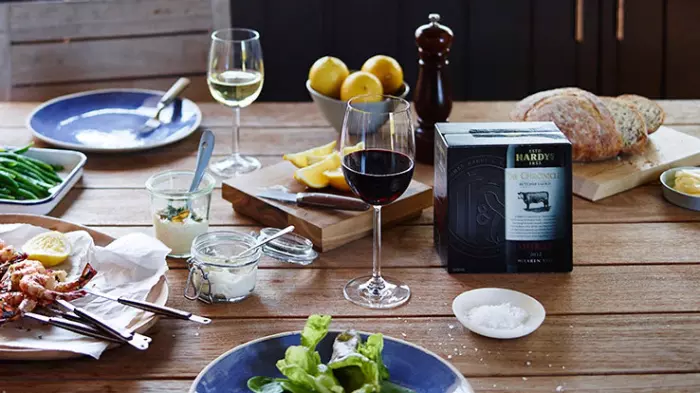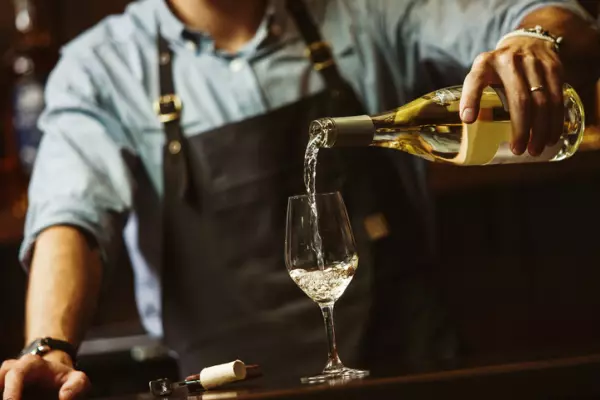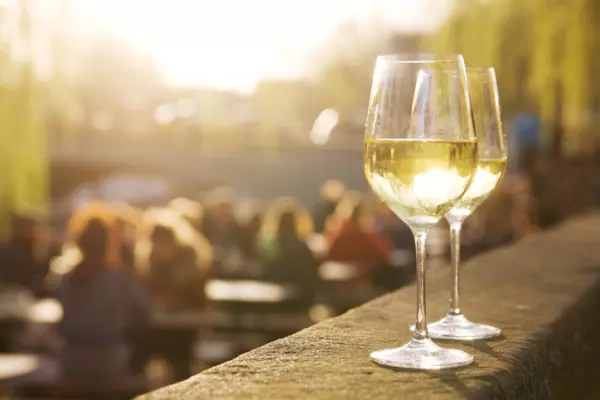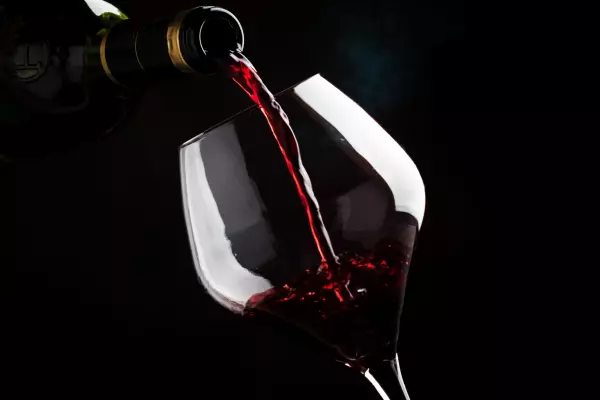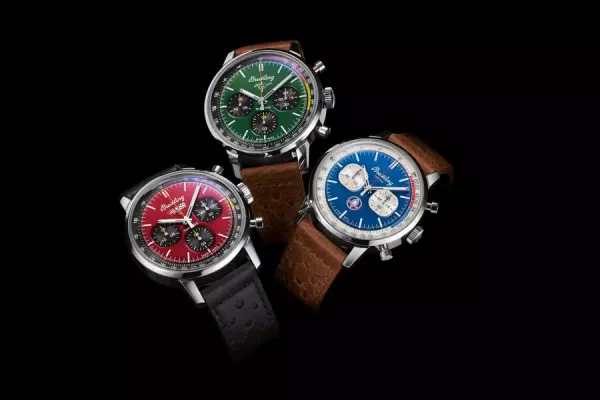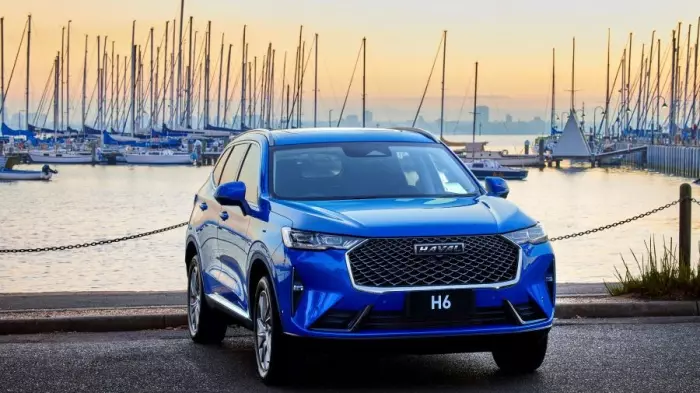“What’s the state of boxed wine in New Zealand these days?” a friend asked me, pointing to an American critic’s published claim that the quality of boxed wine in the United States has come a long way since her college days.
Boxed wine, also known in this country as “Bag in Box” or “Chateau Cardboard”, first made an appearance in New Zealand around 1973. I was an accountant at Montana Wines (now Pernod Ricard NZ) and recall crunching a few numbers to see whether this new invention was financially viable. I also recall testing the durability of a bladder of white wine by playing rugby with it. It passed the test.
Sales started slowly but eventually rocketed as wine drinkers discovered the convenience of having a chilled glass of wine “on tap”. Most of all they liked the price.
The first Bag-in-Box wines were a bit ropey. The “Dry White” wasn’t dry and even the “Dry Red” had obvious sweetness. Wine drinkers talk dry but drink sweet, the marketing people told us. A little sweetness helped mask any off-characters in the wine including oxidation, a fault that emerged, in the prototypes at least, a few weeks after the wine was opened. Our salesmen suffered from the equivalent of what electric-car owners know as “range anxiety” as they nervously eyed the “Best By” or “Packed On” dates to determine the health of their Bag-in-Box wines.
I last sampled Bag-in-Box wines more than 20 years ago when I purchased and tasted every example available at that time. When I published the results, I advised readers to ignore the brands and simply buy the freshest wines as indicated by the “Packed On” or “Best Buy”. At that time, I made exhaustive inquiries and learned that wine bearing the “Best Buy” date was packed three months prior.
I braved covid and slipped down to my local supermarket for some groceries and to do a bit of quick Bag in Box research. After 10 minutes of fruitless searching, I asked the liquor department manager if the store stocked wine in a box. He seemed slightly embarrassed but led me to a small section of low-profiled shelving that contained perhaps half a dozen products. He seemed to be apologising for a lack of stock, although I had trouble understanding him through his face mask. Perhaps Bag in Box had become a popular item during lockdown, like flour and toilet paper.
The wines (all three litres) were Country Medium White ($24.98), Country Dry White ($24.98) and Chasseur Dry White ($27.99). I am fairly sure the same brands were available 20-30 years ago. Three litres is equivalent to four bottles, which gives the Country wine a bottle price of $6.25. The cheapest bottled wine I could find was Cleanskin 2016 Sauvignon Blanc ($7.49). “Country” is an appropriate brand name for the Bag in Box, which reveals, “This wine is a blend of different wines from different regions and often different countries.”
I suggest you take the advice I dished out 20 years ago – fresh is best. I found a Country Dry White Wine (three litres) on the Wine Central website for $24.99. It was good to see the Best Buy date in bold type, 22 August 2021 (nine days before).
Australia's Trentham Estate has just released a 1.5-litre “wine pouch” called “Three’s A Crowd”. What’s a wine pouch? It is a Bag in Box without the box but with a carrying handle. It boasts a choice of two wines, pinot grigio and pinot noir.
According to the Trentham Estate website the pouch retails for AU$16 and is an environmentally friendly alternative to glass. The pouch holds the equivalent of two standard bottles of wine, but produces 80% less carbon emissions.
I recall being invited to a garden party at Government House in Auckland in the early 1980s and being offered Bag-in-Box wines, which was perfectly normal back in the day. They seem to have gone into near-terminal decline since. But could they make a comeback, at least in a small way, by becoming environmentally fashionable.
Bob’s Top Picks
Investment Wine

2019 Chard Farm Mason Vineyard Pinot Noir, Central Otago, $79
This wine has more depth and finesse than any previous vintage I recall. Beautifully poised pinot noir with wonderful purity and subtle power. Cherry, wood-smoke and floral/violet characters. Approachable, but should develop well with bottle age.
Weekend Wines
Top White
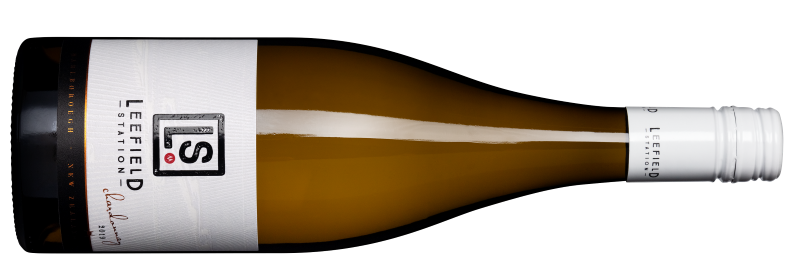
2019 Leefield Station Chardonnay, Marlborough, $19.99
Rich, weighty, creamy-textured chardonnay with peach, grapefruit, hazelnut, ginger and spicy oak flavours. Crisp, dry wine with a backbone of vibrant acidity. Accessible, and offering good value at this price.
Top Red

2020 Ka Tahi Syrah, Hawke’s Bay, $17
From a Gimblett Gravels vineyard. Moderately deep-tinted syrah with floral, white/black pepper, plum, dark-berry and anise/spice flavours. Robust, youthful red that offers excellent value at this price.
Read more from Bob at therealreview.com


